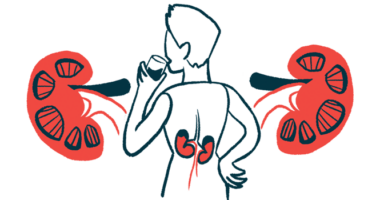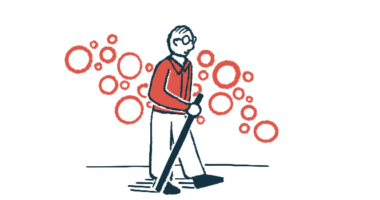Rare aHUS diagnosis in 11-year-old boy in Nepal: Case report
Study shows prognosis improves with early recognition, management

An 11-year-old boy was diagnosed with atypical hemolytic uremic syndrome (aHUS) after having symptoms that included a hard-to-treat headache, low appetite, fever, and shortness of breath, according to a case report from Nepal.
His symptoms underscore the need for a “multidisciplinary approach … for aHUS due to its rarity and potential severity,” the researchers wrote in “Atypical hemolytic uremic syndrome in a child: A rare case report,” which was published in Clinical Case Reports.
aHUS occurs when the complement system, a part of the immune system, becomes overly active. This results in blood clots forming inside small blood vessels, or thrombotic microangiopathy, particularly in the kidneys.
Most people with aHUS have mutations in genes that regulate the function of the complement cascade. A trigger event — an infection, pregnancy, an autoimmune disease, and some medications — is often necessary for the disease to manifest, however.
In this report, clinicians in Nepal described a rare case of aHUS in a boy who was brought to a hospital’s emergency department after having a sudden headache that radiated to his neck.
An aHUS diagnosis
Despite initially easing with medication, the headache returned after two hours. The boy also had low appetite and was given vitamin supplements. His symptoms were accompanied by fever, shortness of breath, and vomiting.
When he was examined, he looked drowsy and was unable to think clearly. His blood pressure was also elevated. A physical exam indicated his spleen was enlarged and revealed the presence of a heart murmur, an abnormal sound that can be heard during heartbeats.
Initially, clinicians suspected an intracranial hemorrhage, or bleeding inside the brain, but a head CT scan showed signs of posterior reversible encephalopathy syndrome, a condition that causes swelling in the brain.
The boy was intubated and transferred to the pediatrics intensive care unit and brain damage was suspected due to high blood pressure.
Blood work showed signs of red blood cell destruction, low platelet counts (thrombocytopenia), and tissue damage, including in the kidneys.
His urine contained abnormally high quantities of protein, a condition known as proteinuria and a sign of kidney dysfunction, and traces of blood, called hematuria.
After infections were ruled out, lab and clinical findings ultimately led to a diagnosis of aHUS.
The boy was placed on assisted breathing for three days. As a first-line treatment for his high blood pressure he received an infusion of labetalol, followed by a combination of oral anti-hypertension medications. But since he still had frequent high blood pressure episodes, into-the-vein losartan (sold as Cozaar, among others) and oral enalapril (sold as Vasotec, among others) were added. He also received a blood transfusion, which increased his levels of hemoglobin, the protein responsible for transporting oxygen in red blood cells.
A kidney biopsy was recommended, but his parents refused and left the hospital against medical advice.
The researchers said the case report showcases how aHUS prognosis “can be significantly improved by early recognition and comprehensive management,” adding more studies are needed to “enhance knowledge and optimize treatment strategies for this challenging condition.”







